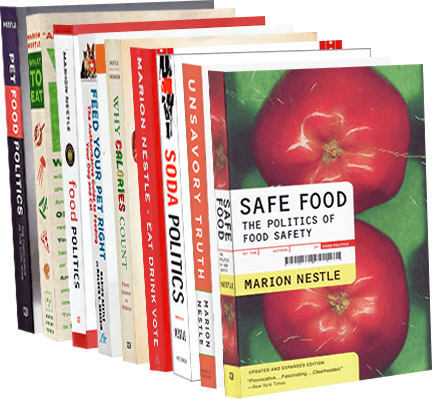McDonald’s Portions
The New York Times business reporter, Andrew Martin, starts a new column on the food and beverage industries today with an article on McDonald’s Portion Sizes and the introduction of Hugo drinks to temporarily replace the company’s phased-out Supersize portions. Mr. Martin’s article draws on a study on McDonald’s promises versus actions that I did in collaboration with my former doctoral student, Dr. Lisa Young, just published in the Journal of Public Health Policy. If you look at the comments to my previous entry on Hugo drinks, people do love getting 42-ounce drinks for as little as 69 cents. And, of course, they can fill those cups with water if they like.

